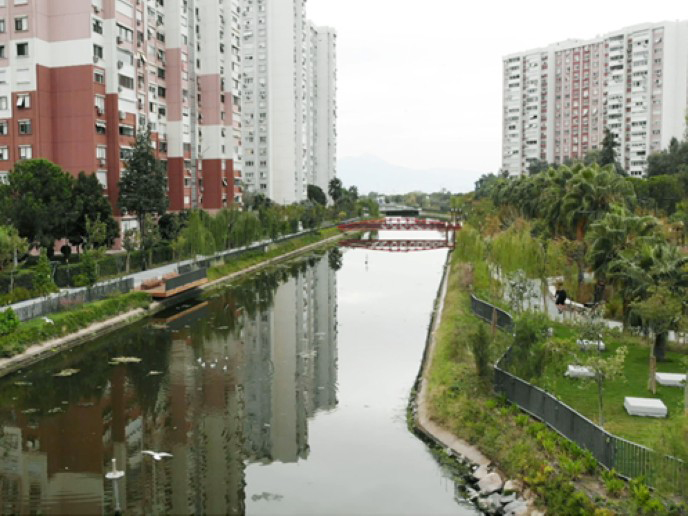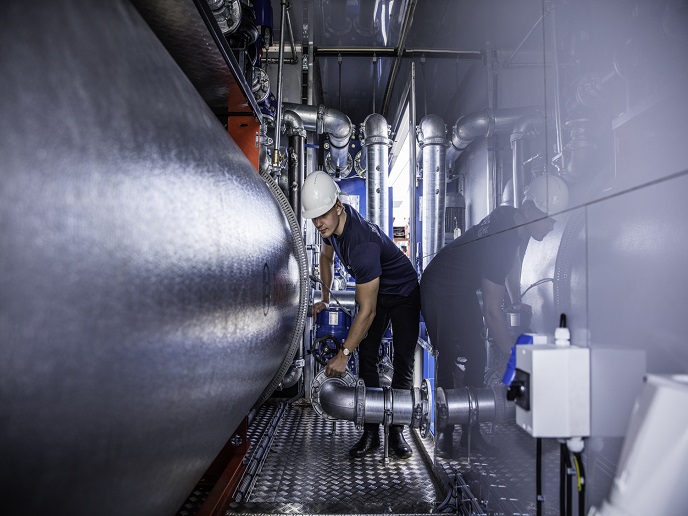Modelling waterways in semi-arid regions
Semi-arid regions, such as those bordering the Mediterranean Sea, have sporadic, but at times intense, rainfall. This situation complicates the application of watershed models designed for continuous flow. The University of Hannover coordinated a multi-million Euro research project entitled tempQsim dedicated to developing new software tools appropriate for temporary streams. Rather than come up with one single model, the group of fourteen partners resorted to a suite of complementary models of varying scale. The catchment model, called PESCAS, examines the effects of large-scale changes in land use and climate parameters. Computing requirements are kept to a minimum by limiting the temporal and spatial resolution of the model. PESCAS is designed to address long-term water management concerns. For situations requiring a higher level of detail, the consortium produced the tempQsim-STREAM model. It employs a mass balance approach to simulate mass accumulation during periods of little to no rain. The model hydrodynamics enable the treatment of water pools, including those deriving from local sources of pollution. Special attention is also paid to the non-linear transformation from dry to flow conditions following the first significant rainfall event. Finally, the tempQsim-REACH model deals with complex biogeochemical, hydrological and sediment transport aspects at the reach scale. It is capable of simulating the time evolution of water quality of temporary rivers. During the project, the models were tested out on the eight tempQsim research catchments. Further to these developments, the University of Hannover and its partners have applied for copyright protection for the suite of models.







